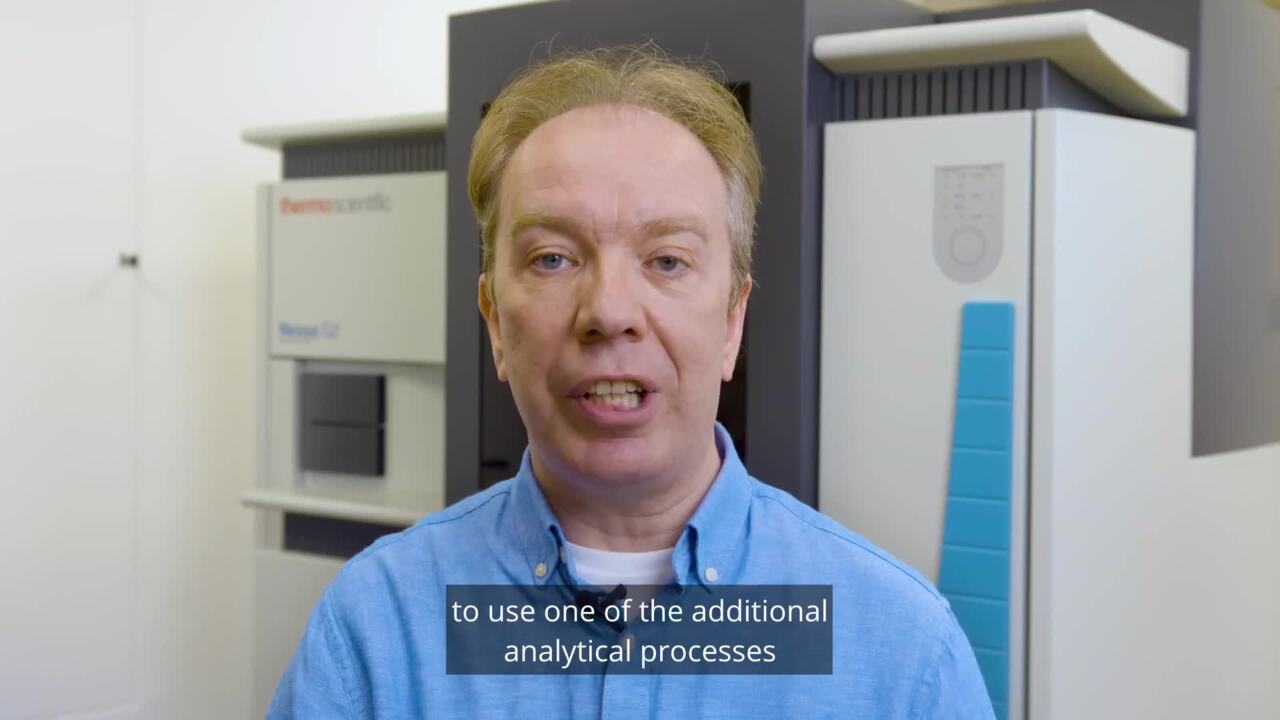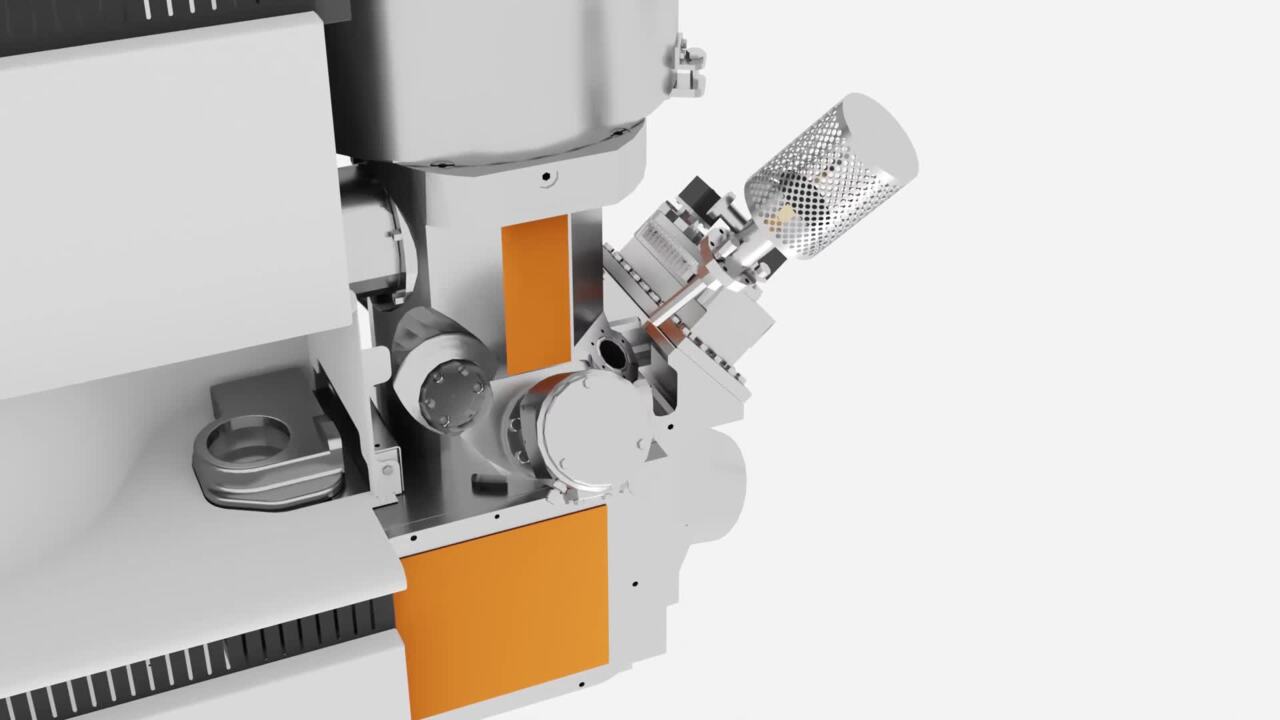
The Thermo Scientific Nexsa G2 X-ray photoelectron spectroscopy (XPS) system can perform fully automated, high-throughput surface analysis, providing data for advancing research and development or solving production problems. Integrating XPS with Ion Scattering Spectroscopy (ISS), Ultraviolet Photoelectron Spectroscopy (UPS), Reflected Electron Energy Loss Spectroscopy (REELS), and Raman Spectroscopy, allowing you to conduct true coupling analysis. The system now includes options for sample heating and sample bias, expanding the range of experiments that can be conducted. The Nexsa G2 surface analysis system has discovered the potential in materials science, microelectronics, nanotechnology development, and many other application fields.

Animation: Thermo Scientific Nexsa Surface Analysis System
main features
A brand new low-power X-ray monochromator that allows for the selection of analysis areas between 10 µ m and 400 µ m at intervals of 5 µ m, ensuring the collection of data from the feature regions of interest while maximizing the signal.
Efficient electronic lenses, hemispherical analyzers, and detectors endow them with strong detection capabilities and fast data acquisition capabilities.
The use of Nexsa XPS patented optical observation system and SnapMap function to focus on sample feature areas helps to quickly locate areas of interest.
Patented dual beam neutralization source: capable of emitting both low-energy ions and low-energy electrons (less than 1 eV). In testing, samples, especially insulation samples, can be well neutralized, making data analysis simple and reliable.
Obtain subsurface information using standard ion sources or MAGCIS (optional dual-mode single atom and gas cluster ion sources); The automatic calibration of ion sources and the processing of gas clusters ensure excellent performance and experimental repeatability.
Provide optional various special sample stages for variable angle XPS, sample bias testing, or inert transfer of samples from glove boxes.
Instrument control, data processing, and reporting are all controlled by the Windows based Avantage data system.
Full software controlled sample heating function options, supporting temperature related research.












